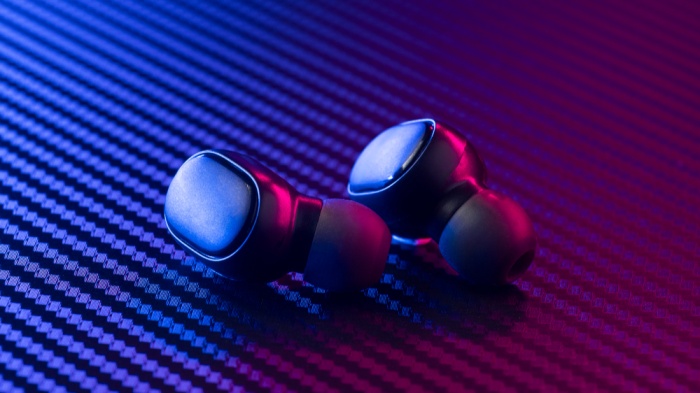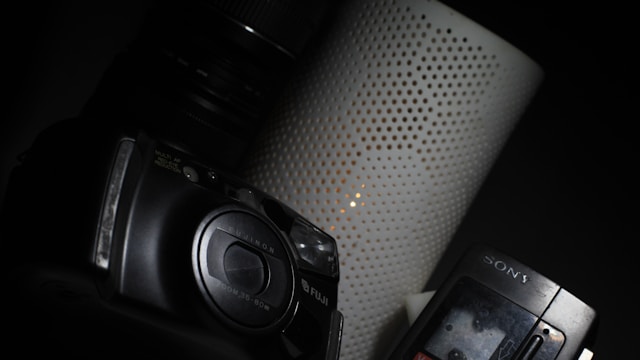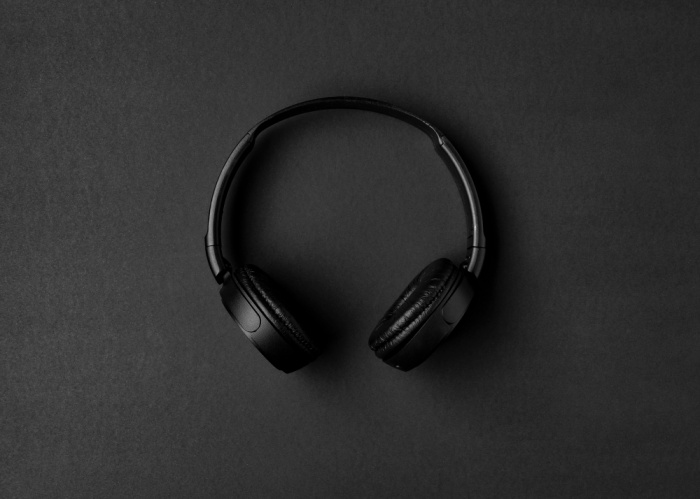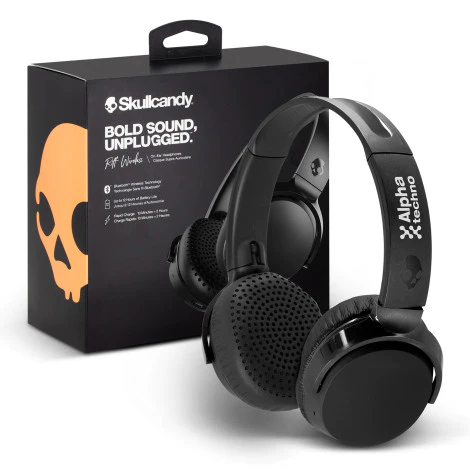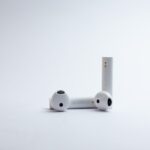Spatial audio and 3D sound in earbuds represent a significant advancement in audio technology, providing customers with a customized and immersive listening experience. Advances in processing power, audio codecs, and creative algorithms have changed considerably from standard stereo sound to spatial audio. Manufacturers have embraced these technologies, raising the bar for audio experiences under the leadership of industry pioneers like Apple.
The potential of spatial audio to replicate three-dimensional soundscapes has made previously unthinkable levels of immersion possible. Users can feel as though they are surrounded by sound thanks to the dynamic head tracking capability, which is best shown by Apple’s AirPods Pro and AirPods Max. This creates a virtual audio environment.
By customizing the audio experience to each person’s unique ear structure, 3D sound in earbuds goes one step toward customization. Sensors and algorithms are essential components to adjust audio playback according to each user’s ear shape and acoustics. This degree of customization improves spatial audio and creates a sound world that is both individualized and hyper-realistic.
As a crucial component of spatial audio in earbuds, binaural audio enhances the soundstage’s realism, depth, and directionality. Binaural audio technology lets people feel utterly involved in the information as if it’s occurring around them, whether it’s for virtual reality, games, or music.
Beyond music, virtual reality and gaming are other industries that use spatial audio and 3D sound. When playing video games, spatial audio improves the entire gaming experience by giving precise indications of the location and direction of sounds. These innovations enhance the user’s sensation of presence in virtual reality by creating a more realistic and immersive experience.
However, issues such as ensuring smooth platform and content format compatibility still need to be resolved. Industry standardization and cooperation are essential to guarantee customers a consistent and satisfying spatial audio experience. Future developments in sensor technology, artificial intelligence integration for more accurate customization, and manufacturer-content creator collaboration are anticipated to influence the next wave of immersive audio experiences.
In summary, introducing 3D sound and spatial audio into earbuds marks a revolution in audio technology. This development changes how we listen to and interact with audio, creating fascinating new opportunities. Spatial audio is at the forefront of industry innovation and collaboration, offering consumers never-before-seen degrees of customization and immersion in their auditory journeys.


